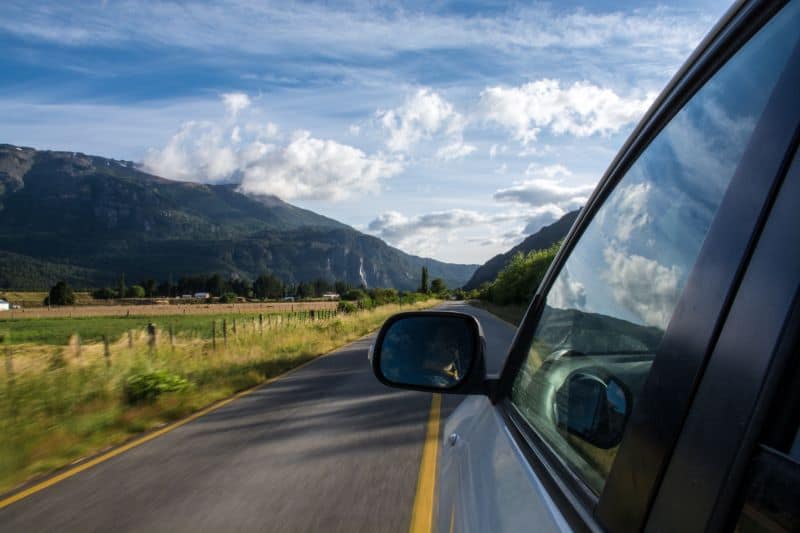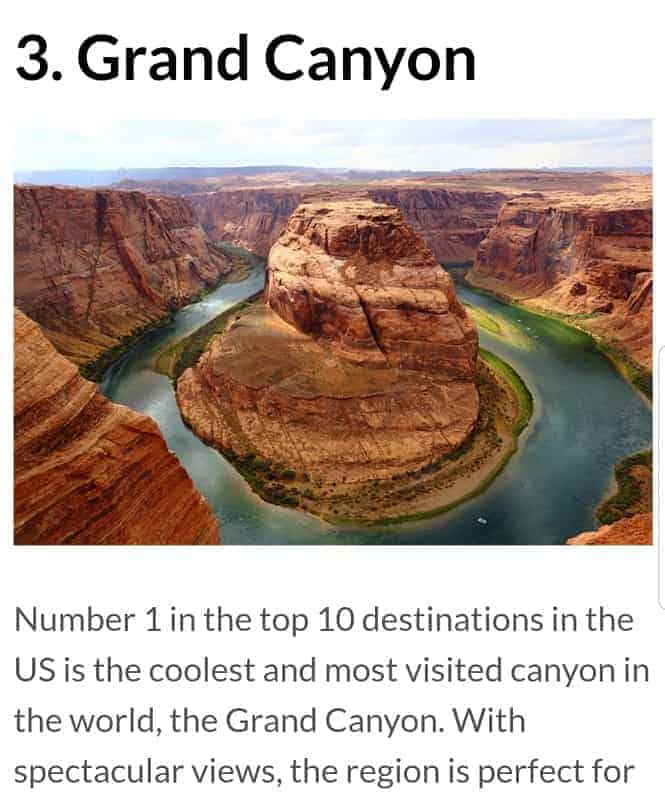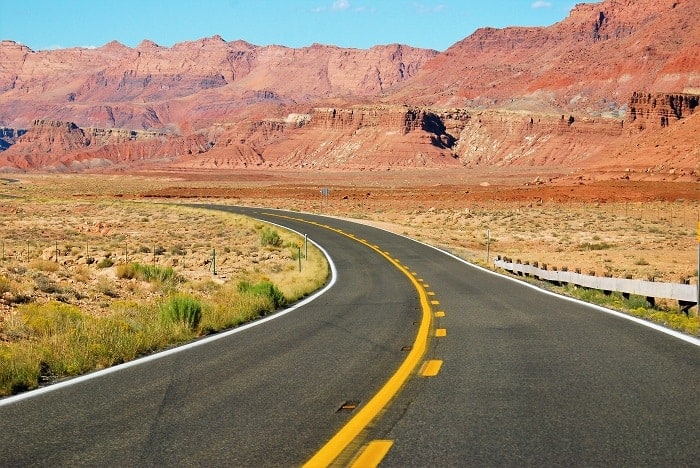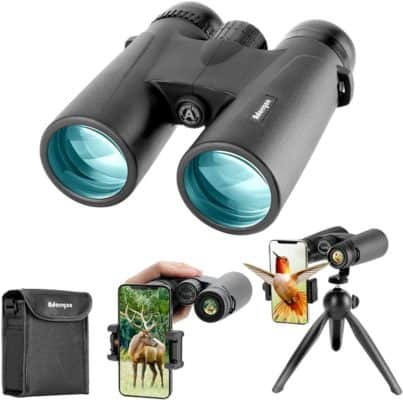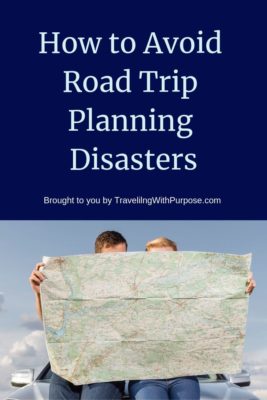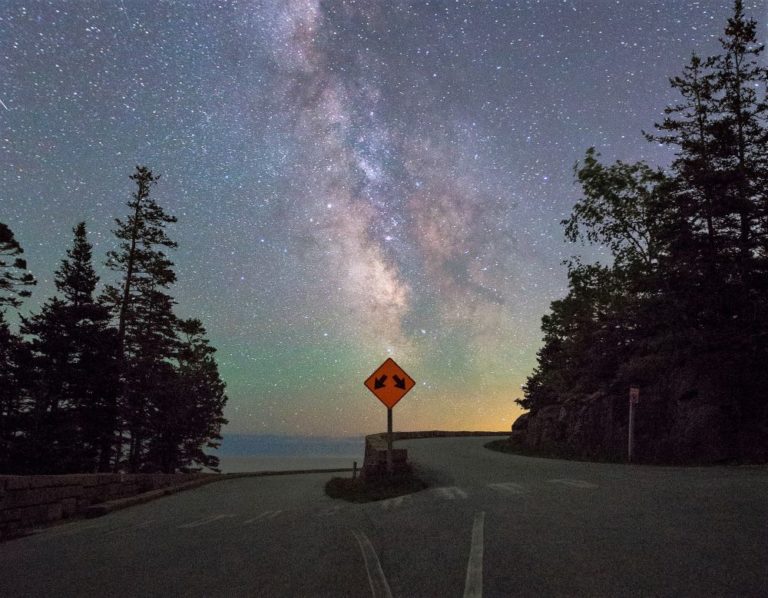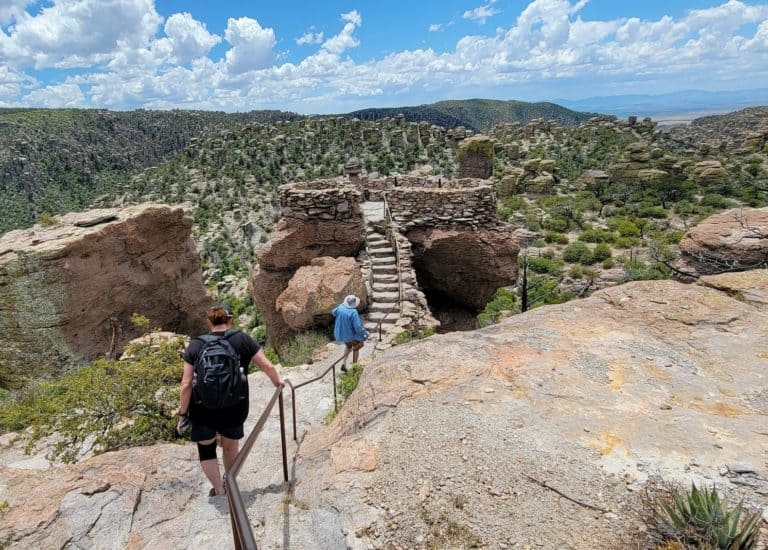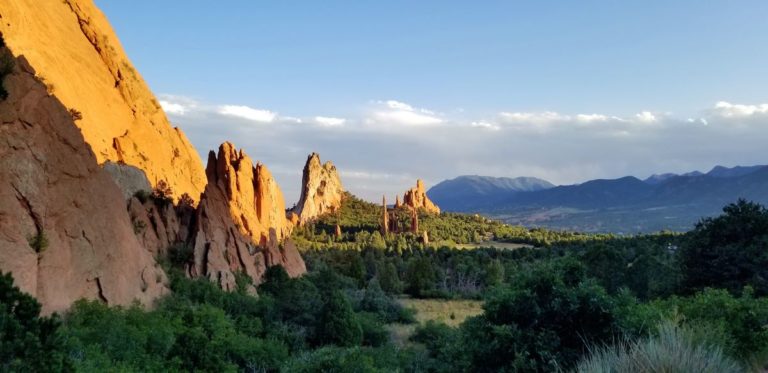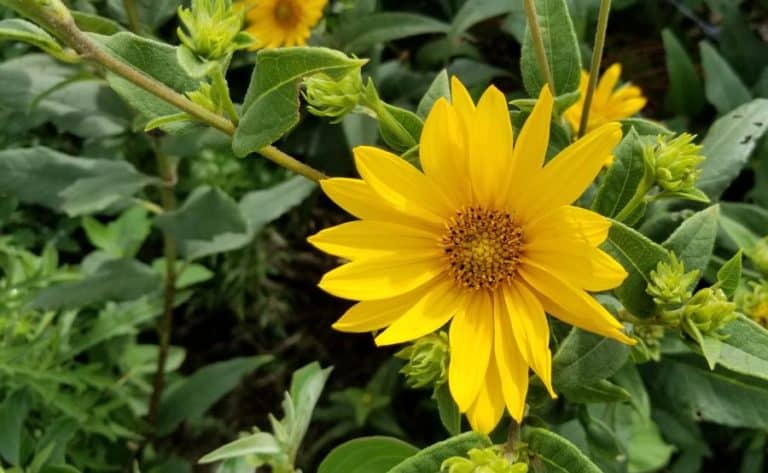How to Avoid Road Trip Planning Disasters
This site contains affiliate links to products or services that I recommend. Any purchases made through these links don’t add anything to your purchase price. It helps me keep the lights on and bring you quality travel tips. As an Amazon Associate, I earn from qualifying purchases. Thanks so much for your support!
As we ease into summer, are you considering the possibility of going on a road trip? I’ve planned dozens, if not hundreds, of road trips, so I thought I’d pass along a few of my lessons learned over the years so you can avoid these disasters yourself. With all that’s going on around the world, it might be the perfect time to hit the open road rather than hopping on a plane to a distant land.

Make Sure You Have Good Directions or GPS
Road trips are a blast and sometimes it’s ok to get lost in the adventure, but oftentimes you have a specific destination that you’re ultimately trying to reach each day. Your whole day can be ruined if you spend hours trying to figure out where you’re going and lose time enjoying your next stop. There can also be real dangers in being stranded in some areas…You’ll see more about that below.
Even though 5G cell service is spreading around the world, there are still many places that do NOT have good cell reception for downloading directions. Even in the USA, this could be in the wide-open spaces of the mountains, plains, or deserts. It can also be in national parks, small towns, beaches, and rural areas anywhere in the country. I can’t tell you how many times I’ve hit the road only to discover a few miles later that I had no way to download the directions that I so desperately needed to get where I wanted to go.
Download Directions in Advance
There are a few things you can do to prevent the problem of not having directions. First, always look up and download your most important directions to your phone each morning before you leave your lodging (assuming your lodging has wifi). If your accommodations don’t have wifi try a restaurant or store nearby.
Here’s a tip if you know before you start your trip that you’ll be in areas where you won’t have access to download directions on a daily basis (when camping for instance). It’s possible to download directions and save them to your phone from Google Maps for use later. Here are some directions on how to do that. If you know your general route for the entire road trip you can download each day’s maps before you even leave town. That way you’ll know you have what you need regardless of cell phone reception along the way.
Of course, you could also print those directions out, like we did before smartphones, but that’s a huge waste of paper if you can avoid it.
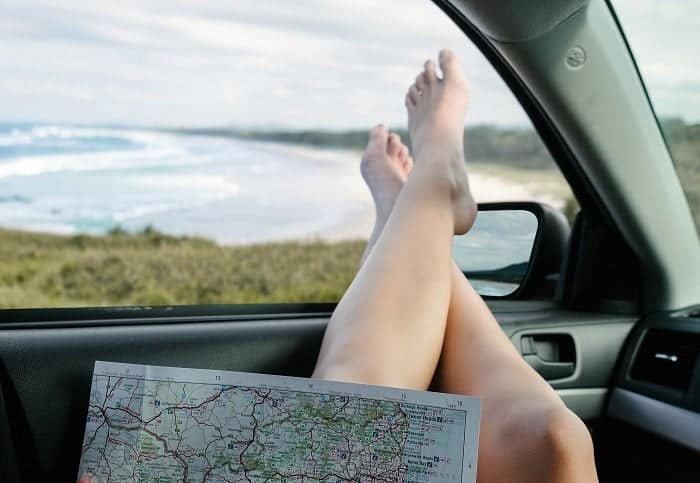
Bring a Paper Map for Backup
Yes, I know this is very old school, but you might thank me one day for bringing a paper map if you get stranded in the middle of nowhere and haven’t a clue which direction to turn to get back to “civilization”. Even if the printed map can just get you in the general direction of your destination it would be a huge advantage. If you’re wondering where to find paper maps these days, this post will give you some great ideas.
Another advantage of paper maps is that you can more easily see what cool stops are near your GPS suggested route. It’s great to get a bird’s eye view of the wider area because there could be something amazing just outside of the screen view on your phone. Maybe there’s a lake, a park, a museum, or a town that you’ve been wanting to visit and you didn’t realize it was so close when you planned your trip.
If All Else Fails, Ask Someone
OK, I know that these days it’s hard to even get friends or relatives to answer the phone or talk to you in person sometimes, so this has to be a last resort. [wink] But, there may be times when you need to stop and ask for directions. Always choose a safe, well-lit, and public area if possible, and use a pen and paper to jot down the info so you hopefully won’t have to ask again.
Always Double-Check Your Itinerary Details
Scrolling through my Instagram feed yesterday reminded me of a very important road trip tip – “Always Double-Check Your Itinerary Details“. Have you ever shown up to a stop on your road trip, only to find out that it was closed for an extended period of time and you’d have to miss it entirely? Or maybe you saw an awesome Top 10 photo op spot from a travel article, but when you arrived the view was nowhere to be found?
Unexpected Detours – Not the Good Kind
I was reading through an article from a travel blog (that will remain nameless) and came across this bit of information. Can you see what’s wrong?
The critical issue, that could drastically impact your road trip, is that this is NOT the Grand Canyon. This is Horseshoe Bend, which is part of Glen Canyon National Recreation Area. Yes, it’s still in Arizona, and even straddles the Colorado River, but if you’re looking for this spot at the Grand Canyon visitor areas, you’ll never find it. Also, if you REALLY want to see this view, you’ll be driving over 110 miles northeast of the Grand Canyon, in the middle of nowhere, to get there.
These maps below will give you an idea of what I’m talking about. The most visited part of the Grand Canyon, the South Rim, is over two hours away. The North Rim, which may look closer as the crow flies, is nearly two and a half hours away! Not exactly a quick detour.
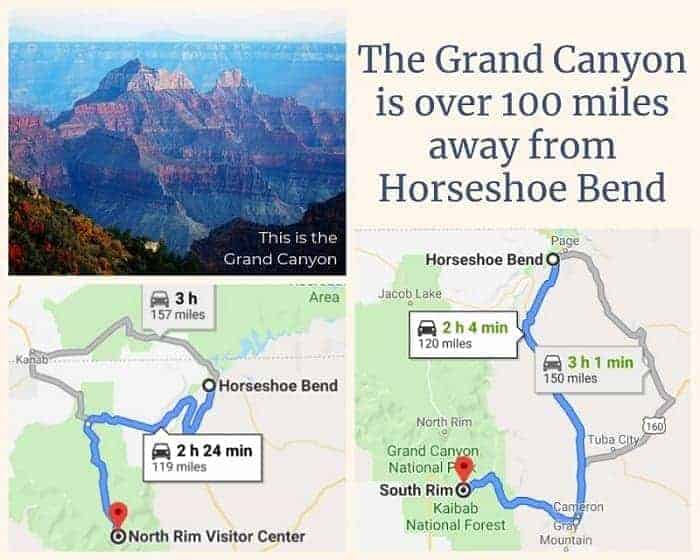
Look for Seasonal or Unexpected Closures
Next option. Let’s just say that you realized the photo labeling mistake on your way to the Canyon. You re-routed and made it to Horseshoe Bend instead. Now you want to get to the NORTH Rim of the Grand Canyon to find a place to stay for the night. The good news is that you’ll have a bit more enjoyable drive to the North Rim since it’s higher elevation, cooler, greener, and more chances for wildlife spotting. HOWEVER, if you’re traveling between October 15th and May 15th, it’s almost guaranteed that the North Rim will be CLOSED. Yep. Some national parks close in the off-season. Also, we all know that many national parks and other sites have been impacted by COVID-19 restrictions and staffing shortages, so checking ahead is even more critical.
This remote northern part of the park gets an average of 134 inches of snowfall each year. That means that all services in the park are closed from fall to spring. Gas stations are nearly non-existent, and cell service is not dependable on this route. You might find a motel, but hard to tell if it will be open in the off-season. Soooo…you might be in trouble. It just takes a few extra minutes before you leave home in your planning stage to confirm your data to make sure you’ve got all the logistical info you need about what’s really available along the way.
Prepare for Food, Water, and Fuel Issues
Also, if you were in this scenario… Suppose you ended up at the South Rim of the Grand Canyon and decided it was worth it to go out of your way to see Horseshoe Bend. A quick look at an online map shows no restaurants along the way and the last gas station on this route is still over 75 miles away from your destination. If you live and travel in areas of high population density and have never visited the wide-open spaces of the southwestern U.S., you might think this is no big deal. But…if you didn’t plan ahead, you could very well run out of gas literally in the middle of nowhere.
Here’s a link to the satellite view from Google Maps. Zoom in. You won’t find much in the way of civilization along the route. You won’t find much cell phone service either. And with average temperatures in the 90’s in the summer, my guess is that you wouldn’t be too excited or prepared to walk to a gas station if you ran out of gas.
Don’t forget to also ALWAYS carry extra drinking water and a few snacks in your car in case of emergency.
Watch Out for Wildlife on the Road
If you live in a city where you don’t encounter wildlife often then you may not have thought about this bit of advice. When you’re in rural areas, on the open road, or especially in state and national parks you’re in wildlife habitat and animals need to be protected. This is their domain and we’re intruding on it. Because of that, you need to take steps to keep them and your family safe. Here are just a few tips to protect wildlife on a road trip.
Always be looking for movement along the road when you’re driving. It’s very common for animals to run across the street in front of cars unknowingly. Some animals are faster than others and may not be able to cross as quickly, so you’ll need to constantly be on the alert and aware.
Hitting a large animal can do as much damage to your car and those inside as it can to the animal. Be especially observant in the hours around dawn or dusk and at night when there’s a full moon since animals are moving more at those times.
Respect Wildlife When You Encounter it
Do NOT get close to animals in the wild. The National Park Service provides these guidelines. “The best way to stay safe when watching wildlife is to give animals room to move. Many parks require you to stay a minimum distance of 25 yards from most wildlife and 100 yards from predators like bears and wolves.” Binoculars like these with cell phone adapters can help you observe and get pictures of these majestic creatures from a safe distance.
Large animals like moose and bison may look like they’re too slow to catch you, but this is not the case and people have been injured or killed when they don’t keep their distance.
Leave no Trace – Part of respecting wildlife and their habitat is to leave no trace that you were there. If you stop for a picnic or a hike, take all your trash with you when you leave or put it in designated trash cans.
Don’t throw food or trash out the window of your car. Even food that you think is ok for animals. This attracts wildlife to the road where they can get injured or killed.
Don’t feed animals. Human food can make them sick or worse. Feeding wildlife damages their health, alters their natural behaviors, and exposes them to predators. Familiarity with humans can be deadly to an animal. For instance, if bears get accustomed to eating human food and digging in trash cans, or tearing into tents or cars they become dangerous and have to be relocated or killed for a behavior that humans unwittingly trained them to do. If you love wildlife, let them be wild.
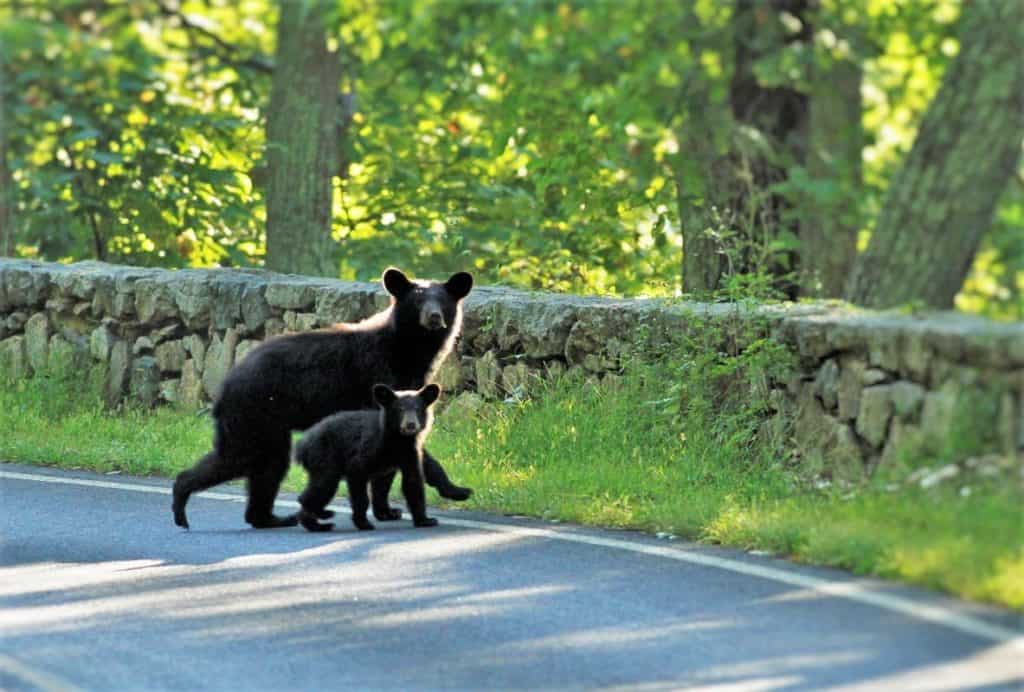
The “Leave no Trace” website gives more great tips for respecting wildlife.
Check on National Parks with Limited Access
Some national parks have switched to timed entry reservations during peak seasons and hours. This helps to limit overcrowding at some of the most popular national parks. Don’t assume that you can just drive in anytime, especially in the summer. As soon as you decide where you want to go, check the specific National Park website to see what their process is. Here’s a list of the national parks using timed entry in 2025. Some parks are the same as always, but others have capacity limits or timed entries that must be reserved online well in advance. Don’t get stuck just outside their doorstep without being able to go in.
Don’t Miss Out Because of Sold Out Activity Reservations
Hopefully, you know this one, if you’ve done much road-tripping. While it’s always fun to have an impromptu adventure on the open road with no specific plans, it’s best to make a reservation in many cases. Especially if there are “can’t miss” stops on your list. Bookings can sometimes be changed if you decide to go in a different direction, but if you make reservations when possible, you won’t be disappointed about missing out on a key spot. Here are a few reservation scenarios to consider before you leave.
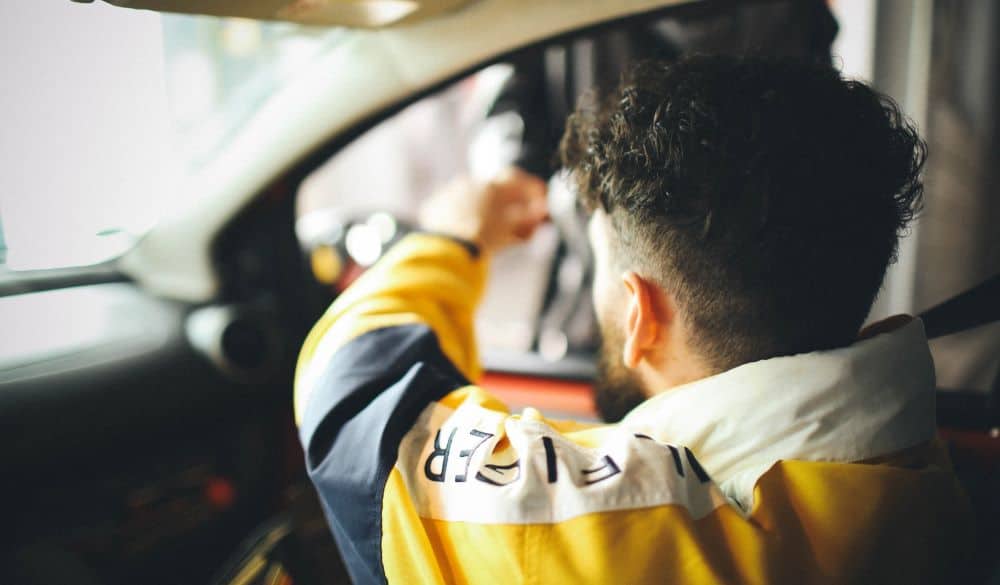
Plan Ahead for Unexpected Tolls
One of my fellow bloggers, Sue at “Sue – Where, Why, What,” reminded me about preparing for tolls on a road trip. I have come dangerously close to running out of money for tolls on more than one road trip. It’s so interesting how different parts of the world charge tolls for highways, bridges, etc. at such varying rates, even within the same country.
Our family lived in the western U.S., in Arizona and California for nearly 40 years, and rarely had to pay tolls. We were astounded when we moved to the East Coast and had to pay money to access nearly every bridge we crossed and many turnpikes and freeways.
An easy place to start researching tolls is Google Maps or another GPS tool. On Google Maps you can enter your start and end location to see the preferred route(s). Then if you click on “Options” you’ll see where you can check a box to “Avoid Tolls” (or even “Avoid Ferries” if you’ll be near waterways). When you check the box to avoid tolls does your route change on the map? If so, that means there are tolls on the preferred route.
Toll Costs and How to Pay
Be sure to check your route while you’re still in the planning stages of the trip. In some cases, the non-toll route takes hours longer than the route with tolls. I noticed recently that Google Maps has started showing information on what the cost of the tolls will be. This can be valuable information for road trip planning.
There can be a wide variety of ways to pay your tolls in different countries. Some involve paying cash as you go, others will take a credit card. Some even have a pre-pay plan like Autobahn Vignettes in Switzerland. If you plan to be in a region for more than a few weeks it might be wise to see if you can buy some kind of seasonal toll pass or discount for your stay. If you plan to be in a rental car it’s a good idea to talk to the rental company for tips and instructions on how tolls should be handled.
While researching toll rates around the world I found this cool TollGuru Free Toll Calculator App for your smartphone. It calculates tolls & fuel costs across all toll roads, tunnels, bridges, turnpikes & tollways in the USA, Canada, Mexico & India. This applies to cars, trucks, trailers, RVs, buses, & motorcycles. After you enter the start and endpoints of your drive, you can view the cheapest route, fastest route, and other options. You can also see the costs for each separate toll. This is a big help for deciding whether a toll route is cost-effective compared to a non-toll route. ViaMichelin is another useful free tool that’s available online or as an app for your phone. It appears to be more accurate on tolls in Europe than in the U.S., but maybe I’m just missing something in my view.
Book Accommodations Early
Lodging and campsites in or near many National Parks are often booked months or years in advance. While there’s a slim chance you can check at the last minute to see if a cancellation pops up, it’s best to reserve ahead, especially in peak season.
Some bucket list places like Phantom Ranch (at the bottom of the Grand Canyon) run on a lottery basis and take much more planning for the hike than a simple reservation. Havasupai Canyon in Arizona (the one with those gorgeous turquoise waterfalls – see below) is even harder to book. Lodge reservations are often completely sold out within minutes. Campground reservations for the year usually start in January or February and sell out quickly, aside from a few last-minute cancellations. Here are some FAQs about visiting Havasupai Canyon.
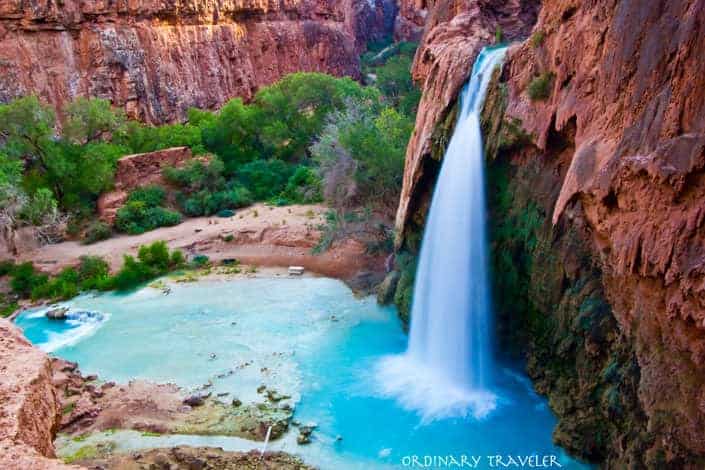
The Havasupai Tribe only welcomes visitors who’ve made a reservation prior to arriving. Day hiking is NOT permitted anywhere on the Havasupai Reservation without a valid overnight booking. This means you can’t just hike down to the falls, go for a swim, and then hike back out in one day. Here’s a great article by Christy at Ordinary Traveler with all the details about how to plan for an unforgettable Havasupai trip.
Book Dining Reservations Early, Too
Of course, you won’t want or need to make dinner reservations in advance for every night along your road trip. You may want to consider booking a table for landmark restaurants as early as possible, though. The dining rooms at the Lodge and El Tovar Hotel at the Grand Canyon are good examples. I personally recommend the Grand Canyon Lodge for dinner around sunset. Also, since the El Tovar dining room is a bit more expensive, try visiting for breakfast or lunch. You’ll save some money and still have a wonderful experience in this historic building. You can find out more about dining and lodging reservations at the Grand Canyon here. The Ahwahnee Dining Room in Yosemite National Park is another gorgeous space with historically impressive architecture and design. It’s well worth making a reservation for.
There’s generally no cost to make or cancel a restaurant reservation. If you love awesome food and one-of-a-kind settings, it’s worth your time to call ahead or reserve online. Also consider that well-known places, especially in national parks or less populated areas, may not have many other good options if your first choice is booked.
Research Tours or Events Before You Go
In many cases, it’s a good idea to reserve a spot for guided tours and special events. Space can be limited, especially on many popular tours or limited-time events, so do your homework and book ahead. Some tour reservations may also provide skip-the-line privileges that can save hours of waiting to enter museums or other venues.
How to Reserve a Free Tour of the White House
Are you interested in a tour of the American president’s home, the White House in Washington, DC? You’ll need to submit a request a minimum of 7 days in advance and no more than 90 days in advance of your requested tour date.
Tours last about 45 minutes and are usually available from 7:30 a.m. to 11:30 a.m. on Tuesdays through Thursdays, and from 7:30 a.m. to 1:30 p.m. on Fridays and Saturdays (except on federal holidays or unless otherwise noted). When the official White House schedule allows, tour hours may be extended!
Important Update for White House Visitors
Starting May 7, 2025, all guests touring the White House must present REAL ID-compliant identification. A valid passport or military ID is also accepted and can be used instead of a REAL ID driver’s license or state-issued ID. This requirement is part of enhanced security measures for visiting the President’s House in Washington, D.C. United States citizens under age 18 aren’t required to provide an ID or Social Security number.
To learn more about REAL ID requirements and accepted forms of identification, visit the official Department of Homeland Security website: REAL ID FAQs.
To learn more about the rules and guidelines for touring the White House, see the Frequently Asked Questions here. NOTE: They may do a background check before you’re even considered.
Are you looking for more fun things to do in Washington DC? Check out my post about DC here.
Do Your Research
I don’t share all of this to scare you away from an awesome road trip. I’m the last person to try to discourage a great adventure. I’m just hoping to share a little wisdom from my own travels. Be sure to pay special attention to planning, if your journey takes you far from familiar areas.
Consider, if you live in the Eastern U.S. and are traveling “out West”. The distance between towns and across states is much farther than you may realize. Don’t assume you can cover several states in the time you can on the East Coast. It takes more than 12 hours to drive from the northern border of California to the southern border, not counting any stops along the way.
So, if you’re planning your next excellent adventure, double-check your itinerary details long before you leave home. I’d hate to have you run into any unhappy surprises.
What road trip nightmares have you encountered? My readers would love to hear them. What have I left out in this planning list that can help our community of travelers?
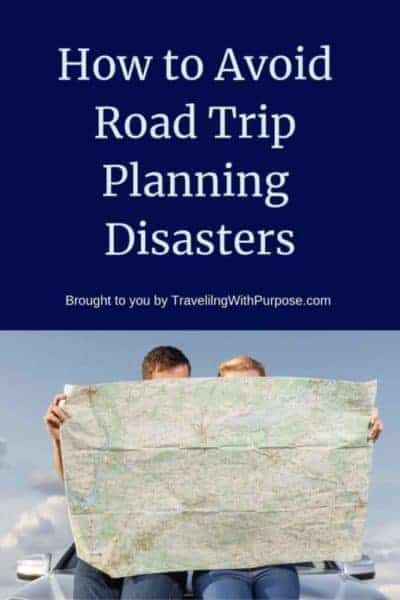
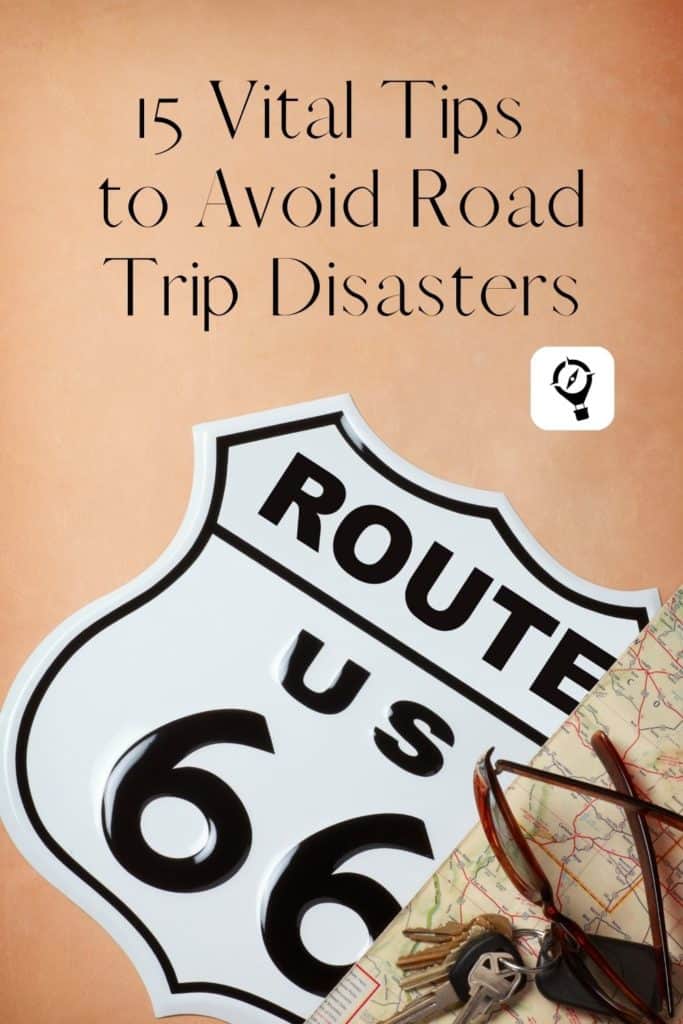
Booking your trip? Here are some of the resources I use myself:
-Book great deals on flights with Cheap-o-Air
-Discover cool lodging with Booking.com
-Find the best prices and perks for cruises at CruiseDirect.com
-Reserve your vacation home rental with VRBO
-Book your car rental with RentalCars.com
-Buy your travel insurance with InsureMyTrip
-Book unique travel tours with Get Your Guide and Viator
-Find delicious culinary experiences with EatWith
-Find even more of my favorite travel resources here.
When you use these links I earn a small commission, at no extra cost to you. This helps me pay the bills and allows me to continue to create and share free tips and advice to help you travel better. As an Amazon Associate I earn from qualifying purchases.
More Road Trip Tips
If you’re thinking about hitting the open highway, here are a few more posts to help you:

